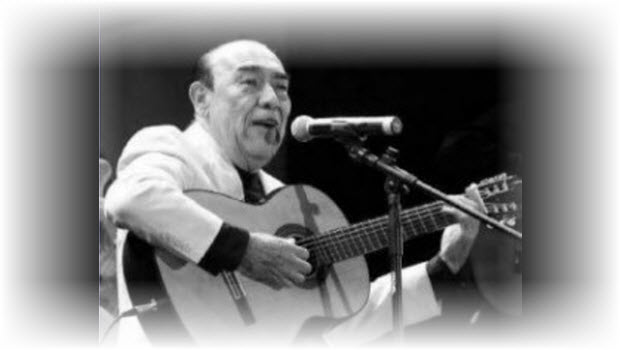
Happy Música Criolla Day!
On October 18, 1944, then-President of Perú Manuel Prado declared October 31 a national day to celebrate Música Criolla.
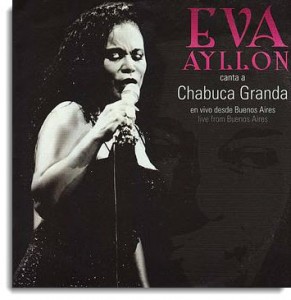
Ironically, in rejecting the cultural contributions of Andean migrants, the government was in essence showing its preference for the musical traditions of the descendants of Peru’s African slaves.
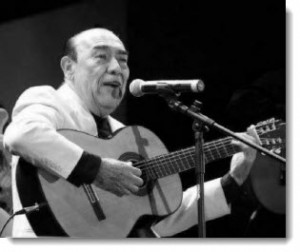
For decades, Afro-Peruvians had provided the backbone to Peru’s national (coastal) musical heritage with complex 12/8 rhythmic structures, like Festejo and Landó.
By the 1940s, Criolla music had basically developed into an urban genre, an assimilation of various coastal musical traditions, from folk ballads known as Vals, to Afro-Peruvian “jaranas” dance music, and Marinera.
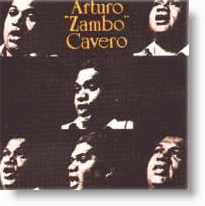
In the 1950s and 1960s, Criolla musicians had incorporated other Afro-Peruvian traditions, like “Décima Verse” and bass became a common accompanying instrument.
Today, Criolla music is one of Peru’s most popular artistic forms, identified with, and beloved by, Peruvians of all backgrounds.
Happy Música Criolla Day!
Bibliography:
Introducción al estudio de la música popular criolla en Lima, Perú, by José A. Lloréns
MÚSICA CRIOLLA: Cultural Practices and National Issues in Modern Peru, The case of Lima (1920-1960) by Luis Gomez
If you like this post, please remember to share on Facebook, Twitter or Google+
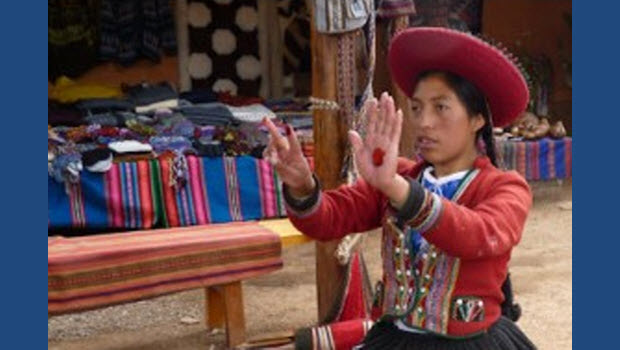 Hilos de Chinchero: traditional Cuzco weaving
Hilos de Chinchero: traditional Cuzco weaving 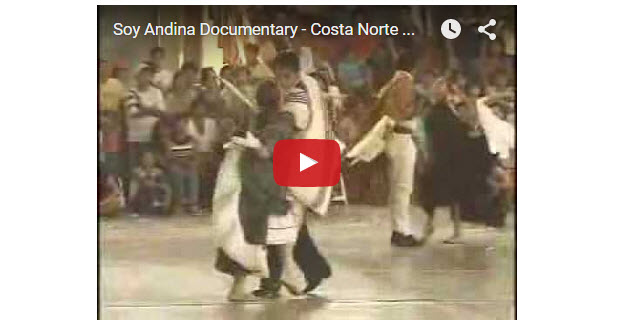 Marinera Norteña
Marinera Norteña 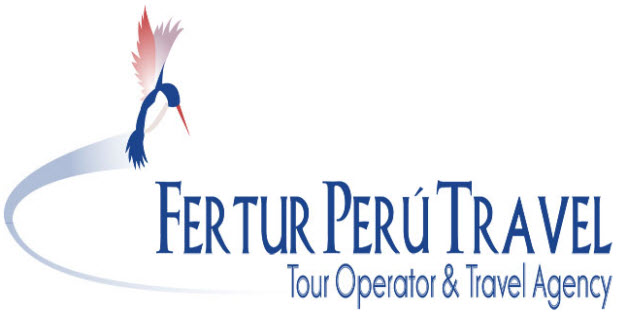 A heartfelt apology to photographer Monica Vanthoff
A heartfelt apology to photographer Monica Vanthoff 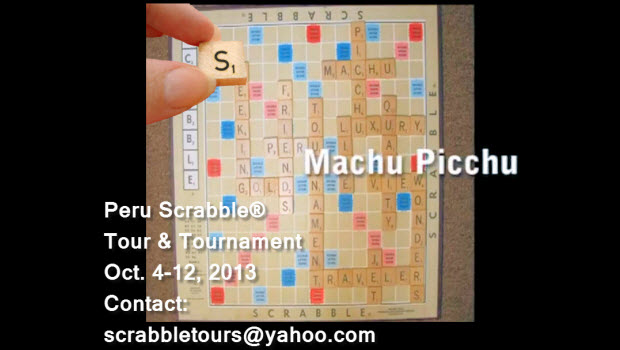 Peru Scrabble® Tour & Tournament Oct. 4 – 12, 2013
Peru Scrabble® Tour & Tournament Oct. 4 – 12, 2013 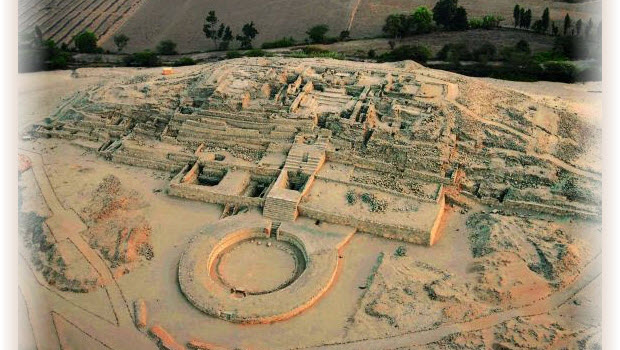 Celebrations marking discovery of Ancient site of Caral
Celebrations marking discovery of Ancient site of Caral 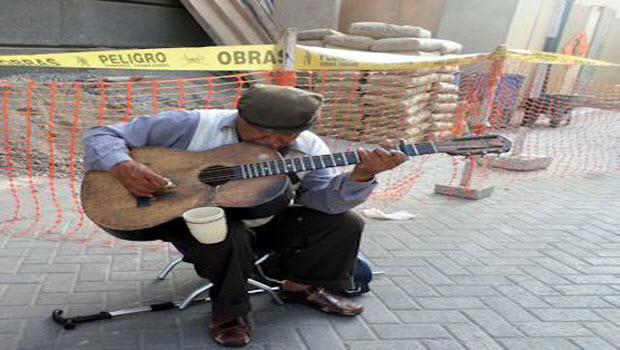 Hidden treasures in plain sight in Lima: Manuel Pariachi
Hidden treasures in plain sight in Lima: Manuel Pariachi 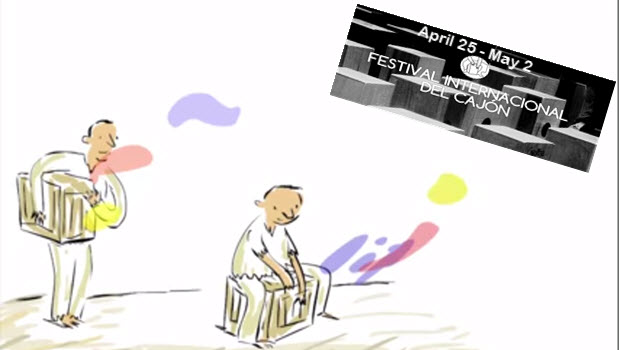 Cajon – Peruvian rhythm and beyond
Cajon – Peruvian rhythm and beyond 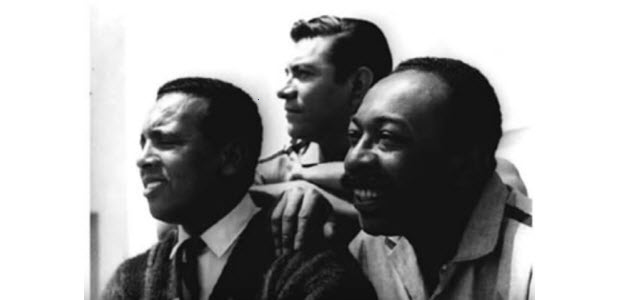 The Day of Afro-Peruvian Culture: June 4
The Day of Afro-Peruvian Culture: June 4
Thanks to your comment on my blog, I discovered yours and I am happy I did. Given what my first name is, I have always had a particular interst in Peru, although, sadly, I haven’t been able to visit yet.
Hi Inka,
It is a pleasure to make your acquaintance. I’m intrigued by your story. An international attorney who drops it all to become a travel writer, photographer and novelist. That’s fabulous. If there’s any information you need about Peru, don’t hesitate to drop us a line.
Best regards,
Rick